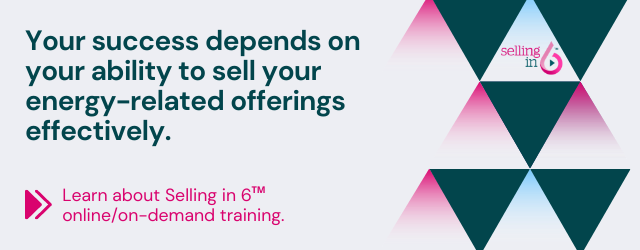You may be convinced an energy-related solution that you are proposing could drive important benefits for your prospect. However, your prospect may ignore or reject it in favor of something “urgent” because urgency usually trumps importance when people evaluate how to invest their time and money.

As Seth Godin points out in a blog, “Novelty and short-term wins (and even more so, the avoidance of short-term pain)” are often driving the decision-making process. He refers to this as “The Should Olympics,” in that many of us propose to take the leap and make necessary changes, but often opt out due to inconvenience or fear.
How does this apply to sales? My advice is to stop talking about multi-year simple paybacks and utility savings enjoyed over time. Start talking about novel and significant non-utility-cost financial and non-financial benefits. Keeping Godin’s advice in mind, how might you link your upgrade to an outcome that hits the acupressure point of fear or risk?
Of course, this depends entirely on what you know about your prospect and what drives their decision-making. Either way it’s important to reframe their doubts and spur them into action. As Godin says himself, “The secret to doing the right thing is to make it feel, at least right now, like the urgent thing instead.”
On a very related note, I often encounter salespeople who are unsure of how to ask for the sale. One of the easiest ways is a two-step process... First, determine what the prospect most values as an outcome of your project (e.g., better pick-and-pack accuracy in the wake of a lighting upgrade in their warehouse). Then, simply ask the prospect, “So, how soon would you like to start seeing better pick-and-pack accuracy and saving money on re-shipping products and re-invoicing customers with apology letters attached?” Hopefully, the discomfort of explaining to customers (and the company’s management!) why their shipping accuracy is subpar will be enough of an emotional motivator to make your project more urgent to pursue.







